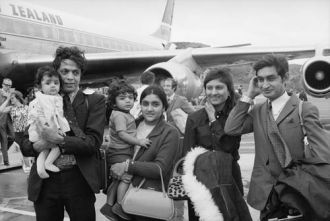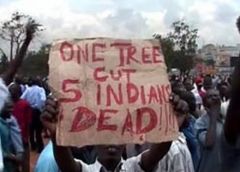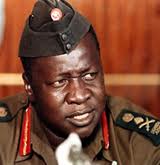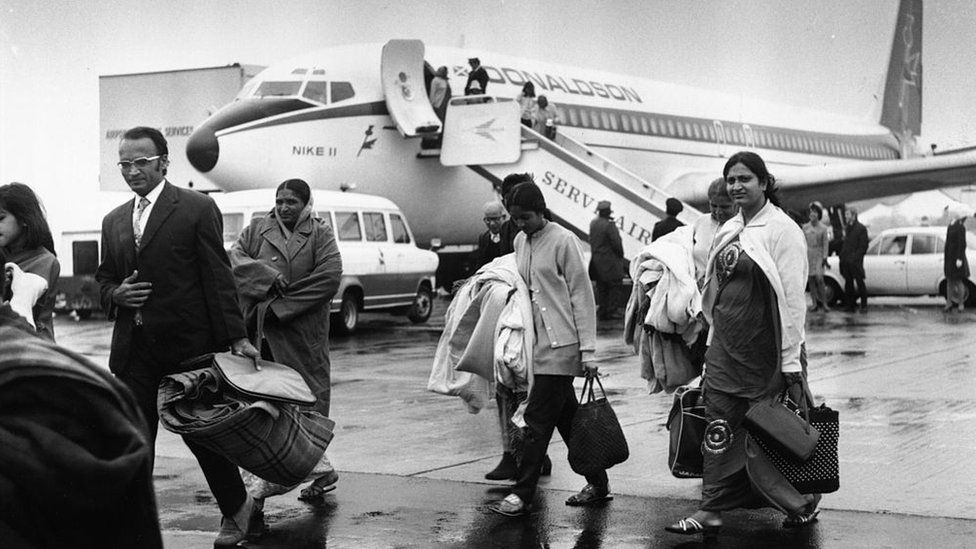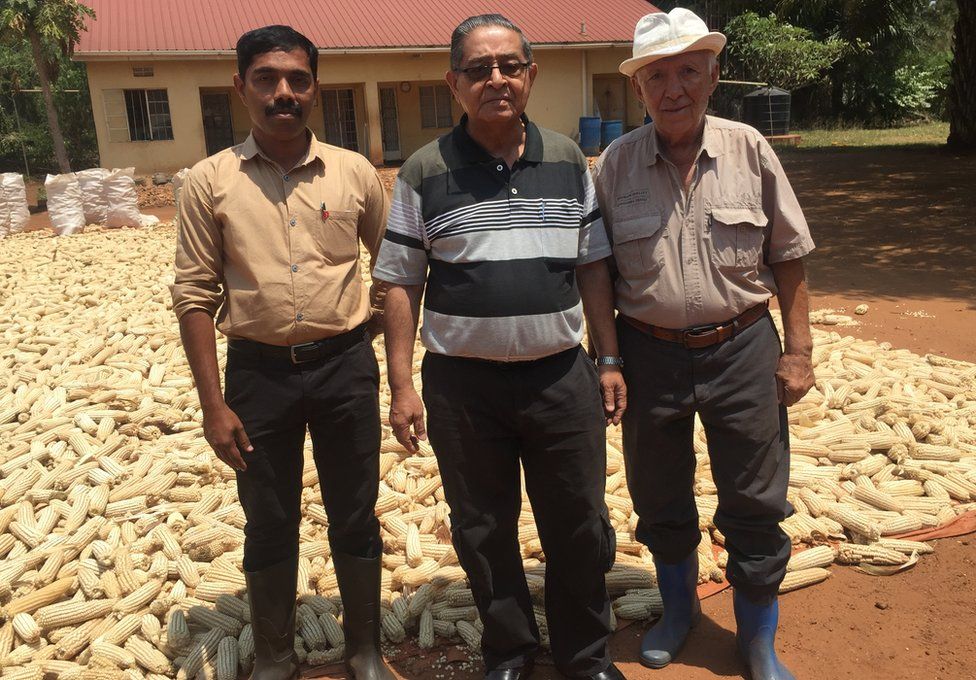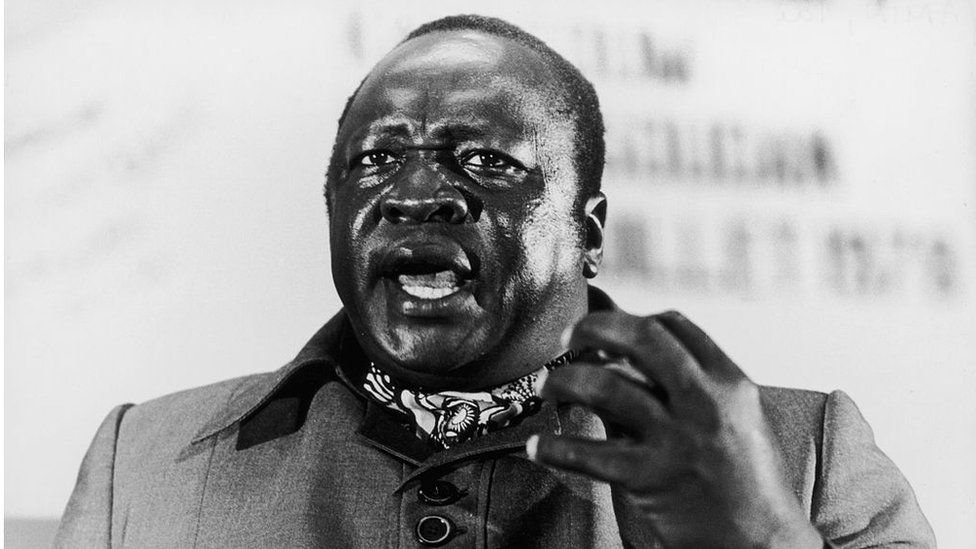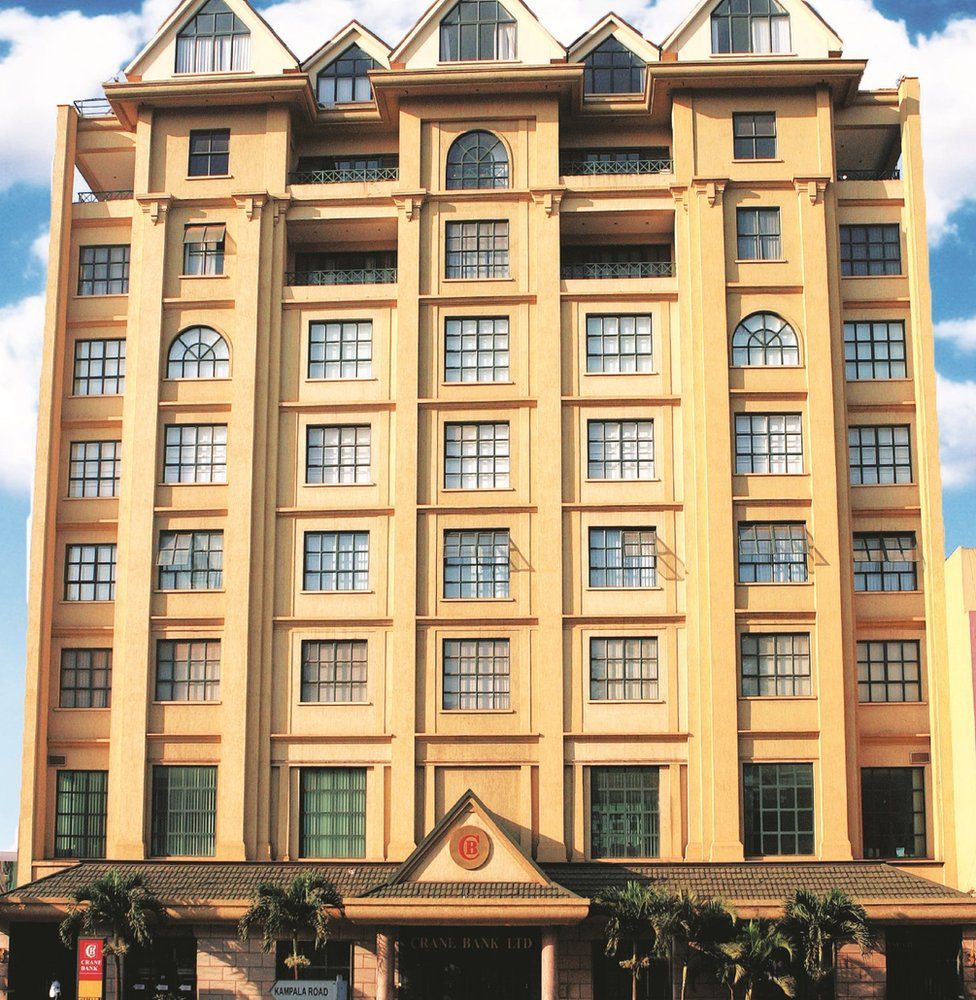Jews who? In India only in 8th or 9th Century CE or Later.
https://en.wikipedia.org/wiki/History_of_ancient_Israel_and_Judah
Israel and Judah were related Iron Age kingdoms of the ancient Levant. The Kingdom of Israel emerged as an important local power by the 9th century BCE before falling to the Neo-Assyrian Empire in 722 BCE. Israel's southern neighbor, the Kingdom of Judah, emerged in the 8th century BCE.
Biblically Israel means Judea + Israel + Samaria, called United kingdom or United Monarchy, this was ruled only by 3 rulers as per Biblical stories -Saul, David and Solomon. Judea and Jerusalem are the epicenter of Bible, called Zion and Temple of that small local Israel God - Yahweh.
Solomon's Temple is a myth and never built.
Mount Gerizim in Samaria is the temple of LORD Yahweh as per Dead Sea Scrolls
The mountain is sacred to the Samaritans who regard it, rather than Jerusalem's Temple Mount, as having been the location chosen byYahweh for a holy temple. The mountain continues to be the centre of Samaritan religion to this day, and over 90% of the worldwide population of Samaritans live in very close proximity to Gerizim, mostly in Kiryat Luza, the main village. The passover is celebrated by the Samaritans on Mount Gerizim, and it is additionally considered by them as the location of the near-sacrifice of Isaac (the masoretic,Septuagint and the Dead Sea Scroll versions of Genesis state that this happened on Mount Moriah.when Christianity became the state church of the Roman Empire, Samaritans were barred from worshiping on Mount Gerizim. In 475 CE a Christian church was built on its summit.
The Samaritan Pentateuch version of Deuteronomy, and a fragment found at Qumran,[7] holds that the instruction actually mandated the construction of the altar on Mount Gerizim, which the Samaritans view is the site of the tabernacle, not Shiloh.[8][9] Recent Dead Sea Scrolls work supports the accuracy of the Samaritan Pentateuch's designation of Mount Gerizim rather than Mount Ebal as the sacred site
https://en.wikipedia.org/wiki/Mount_Gerizim
Who are Jews or Hebrews.
Research of 19, 20th century without proper research, linked every item to Bible and spread that Bible is proved, Scientific analysis based Carbon-14 has proved that entire Bible is a fiction. Biblically Israel means Judea + Israel + Samaria, called United kingdom or United Monarchy, this was ruled only by 3 rulers as per Biblical stories -Saul, David and Solomon. Judea and Jerusalem are the epicenter of Bible, called Zion and Temple of that small local Israel God - Yahweh.
HEBREWS Never lived in EGYPT, EXODUS NEVER HAPPENED, AND As per Archaelogy Jews were Nomads and shepherds without much civilization. Hebrews are not Shasu of Yhw and not Habiru and not Hyksos.
How was Hebrews living during OT times.
Bible As Literature- Oxford University Press
Oxford University Press, written by 3 Professors John.A.Gabel, Charles B.Wheelr and Antony.D.York.With Just a Few Exceptions, No Canaanite Or Israelite City before the Roman Period occupied more area than that of an American University Football Stadium, most Villages were hardly bigger than the Playing Field itself. King’ David’s Jerusalem is estimated to have measured about 300 x 1300 foot. Inside the City-walls houses would be crammed together according to no particular pattern, leaving room for Passages but not for Streets. Before the Greek Period there were no Public Building of the Kind that we take for granted, provided by the Municipal Government. Pages- 87,88
Foreign Countries appear in the OT only as Military Allies or Enemies of the Israelites or as the Habitat of Alien Gods; otherwise, not a Slightest interest is shown in them. Page-77
Jews never left Israel as Chosen Land & Covenant
The Best Opportunity for Economic Development, it might seem was One they never took; Commerce by Sea with Mediterranean always at their door, the Israelites stubbornly remained a Land Locked People. They were effectively Shut off from the Coast at first by the Philistines, but the warfare between the two, more had to do with the Philistines attempt to expand toward the east than with any desire of the Israelite to gain access to Sea. Although the Palestinian Coast has no natural Harbors south of Carmel, this need not have been a Permanent Obstacle.The Israelites were Content to Let others – Phoenicians and Egyptians conduct their Merchant Shipping for them, almost as though they Believed the Covenant Language in its Narrowest Sense as a Promise of Land and Nothing Further.
It is clear from their writings in the OT THAT THE SEA WAS ALWAYS to them, had no significant part to Play in their Thought. Pages 86-87.
The small Corner of the Eastern Mediterranean, we have to keep reminding ourselves that it take up only Lower Third of that coast- particularly speaking was the Whole World to them.
Page-77
Jews never left Israel so they never came to India, till early 8th century when Islam did not allow them to practice religion.
In Tamil or Malayalam Literature there is no Single Greek/Hebrew/Latin words earlier to 15th Century, to say close association between the people of these language speakers. We get plenty of Portuguese, Arabic words once Christian and Islam came in 15th century.
No tradition neither in Kerala nor Tamilnadu which says Jews lived in Ist Millenium. According to researchers Jews first under persecution by Romans and Christians were living in Arabia, but when Islam was made they were scattered and a small group came to India in early 8th century CE.
Kerala Christians say St.Thomas landed at Cranganore- Kondunallur in First Century.
Archaeological Survey of India -P.Anujan Achan went in for detailed research 1947 and did not find any worthy articles in his Survey.
On pressure from Church revised survey was done more extensivly.
Archaeological Survey of India conducted detailed Researches in and around Kodungallore by Mr.K.V.Saundararajan, Prof.Dr.Raman and Mr.N.G.Unnithan they went in for detailed research mainly because of the so called “Myurikodu” is called as Kodungallur in Jewish copper plate referred below said by Dr.Raman in his book.
Archaeological sites such as
Cheraman Parambu,
Thiruvanchikulam,
Karuppathana,
Mathilakam,
Kilatali and
Thrikkulasekharapuram provided cultural remains of iron and copper tools, glass beads, semi precious stones, ceramics of dull red ware, celadon ware roof tiles, earthen lamps and coins. They are all dated between 900-1100 A.D. First Human habitation in Kodungallur and Vicinity took place in 9th Century CE.
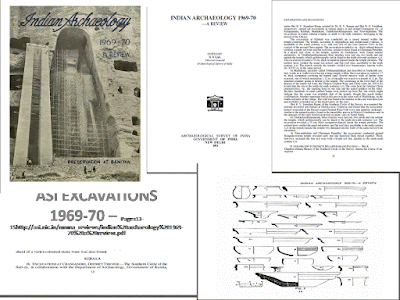

https://en.wikipedia.org/wiki/History_of_the_Jews_in_India - Claims Cochin Jews having been earlier, but absolutely no proof given, few say Teak used in Solomon Temple etc., all these are BIBLICAL FICTIONS, Jews scattered in Roman terriotory after Jewish -Roman war, and later moved to Arabia, when ROMAN Adopted CHRISTIANITY As official Religions, when Arabia converted to Islam Jews left their and few small boats came to India. We do not have a Single proof of Jews earlier than 9th century.
Manigramam means Trading guild and not Jews or Christians as lies spread with Forged copper plates.
Kodungallur was under Sea till 900 CE, no Thomas, No Jews or Cheraman Mosque would have been constructed.








.jpg)
